The Covent Garden Community Come Together
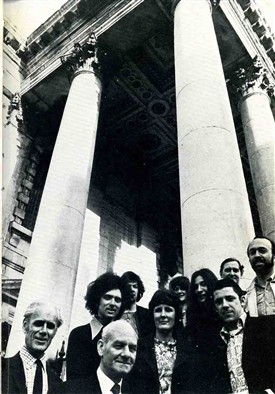
Austen Williams, Donald Moyer, Sam Driscoll, Jim Monahan, Nadia Perkins, Jane Williams, Jean Gardner, Brian Anson, John Toomey, and Sebastian Lowe
Covent Garden Community Assocation
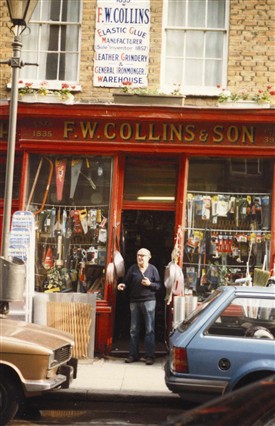
Fred Collins Outside his shop
Covent Garden Community Assocation

Procession by candle light
Covent Garden Community Assocation

The second public meeting, 22 April 1971
Covent Garden Community Assocation
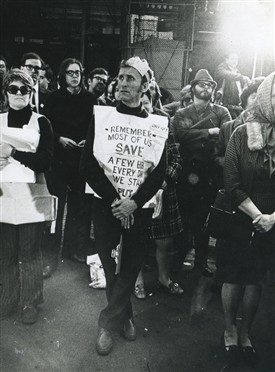
Street Rep community rally, 22 April 71
Covent Garden Community Assocation
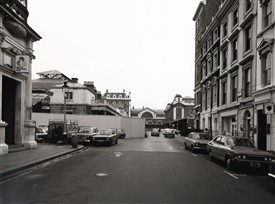
An eerie view of Covent Garden taken in 1975
Westminster City Archives

Blitz exhibition predicting GLC Development Project 1972
Covent Garden Community Assocation
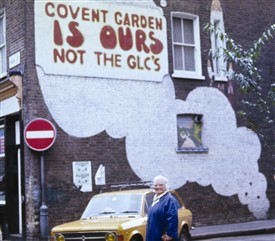
Mural on the side of Michael Crossfield's house
Covent Garden Community Assocation

Save Covent Garden 5p leaflet
Covent Garden Community Assocation

Queen, David Beida, Rugth Cadbury, Kathy Pimlott, Frances Mckeller
Covent Garden Community Assocation

The market buildings are boarded up waiting for redevelopment c1970s
Covent Garden Community Assocation
Local people rallied to the cause. Many lived or worked in buildings that were marked for demolition. Key activists included Sam Driscoll, who lived with 3 generations of his family on Shorts Gardens; David Bieda, then a youth worker with Street Aid on Southampton Street; Christina Smith, a local businesswoman; Simon Pembroke, a lecturer at London University; John Wood who owned Rules restaurant; Jerry Coughlin, the first resident who had responded to Anson’s appeal; Fred Collins who owned a hardware shop in the line of the bulldozers at Seven Dials and refused to be bought out; and many more, some of whom live in Covent Garden to this day.
The first committee meetings of the Covent Garden Community were held in a dark basement. Borrowing photocopiers and moving around from house to house with a typewriter, they had to make decisions quickly as the developers continued to consolidate their holdings. 50 street reps were appointed. Demonstrations were organised. More public meetings took place, inside and outdoors. Sketches were performed in pubs. People squatted flats that were due for demolition, and posters were put on hundreds of condemned buildings. Television crews covered the movement, and newspapers fired the debate.
On the evening before the public inquiry in July 1971, hundreds of people walked by candlelight across Covent Garden to Cavell House near St. Martin-in-the-Fields where the hearings would be held. Those who did not walk came out to watch.
Next day angry protestors gathered to see the start of what would be longest inquiry in British planning history until then. For 42 days the community presented its case and cross-examined the experts, bringing 126 other objectors with them with various interests, from the Savoy Hotel to the Town & Country Planning Association. Celebrity witnesses like John Betjeman appeared. The case for additional roads was cleverly demolished by the bright young team from Street Aid, dressed satirically for the occasion. Notable witnesses included David (later Lord) Triesman, who floored the opposition with new data about mental illness in high rise flats. The barrister for the authorities, John Taylor QC, even invited Street Aid team to dinner to give friendly advice.
Pulling-in favours and borrowing money, the local activists worked day and night. When it was over, there would be a long wait for a decision, but in the meantime the community organised street festivities and bonfires to celebrate the end of their efforts so far. One party involved 1,500 people in the courtyard of Wild Street tenements.
The Covent Garden Community Association, the ‘CGCA’, was formally constituted 3 months later, in October 1971.